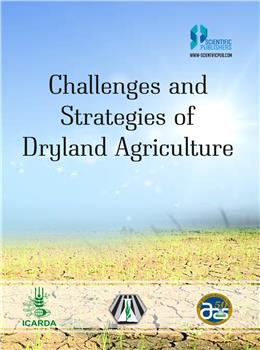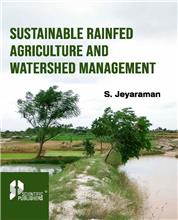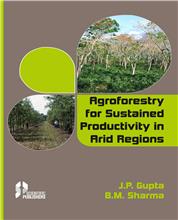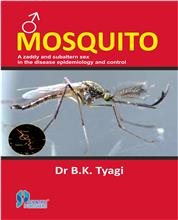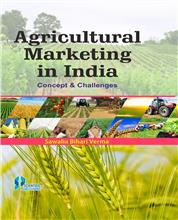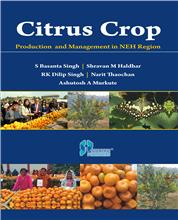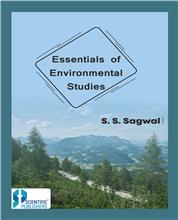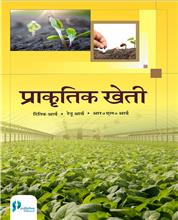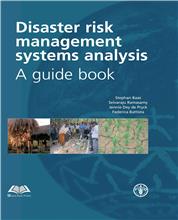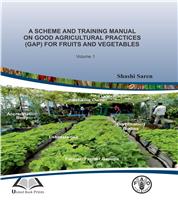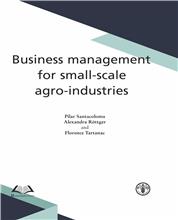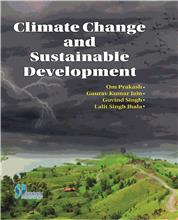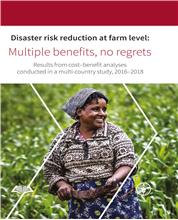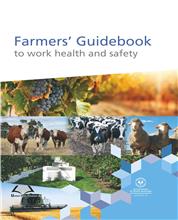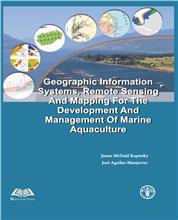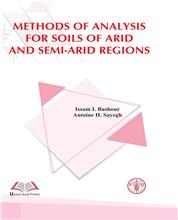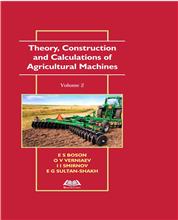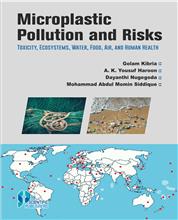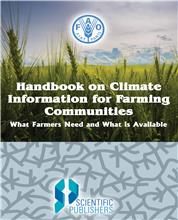Foreword
Preface
Contributors
Conversion Factors for SI and non-SI Units
1 The Role of World’s Agricultural Lands for Future Food Security Srinivas C. Rao, Jean L. Steiner, and Herman S. Mayeux
2 Dryland Agriculture: Long Neglected but of Worldwide Importance Bobby A. Stewart and Parviz Koohafkan
3 USDA-ARS Research and Development for SustainableDryland Agriculture Srinivas C. Rao, Herman S. Mayeux, and Allen R. Dedrick
4 A Grey-to-Green Revolution in the Semi-Arid Tropics of Asia and Africa William D. Dar, Eric M. McGraw, and D.V.R. Reddy
5 Climate Forecasts: Emerging Potential to Reduce Dryland Farmers’ RisksJean L. Steiner, Jeanne M. Schneider, Jurgen D. Garbrecht,and Xunchang J. Zhang
6 Dryland Agriculture in India Harish P. Singh, Kapil D. Sharma, Gangireddy Subba Reddy,and Kishori L. Sharma
7 Drought Early Warning Systems for the Near EastEddy De Pauw
8 Dryland Agriculture on the Canadian Prairies: Current Issues and Future Challenges Francis J. Larney, H. Henry Janzen, Elwin G. Smith,
and Darwin W. Anderson
9 Crop Diversification for Dryland Agriculture in Central Asia Rajendra S. Paroda, Mekhlis Suleimenov, Hasan Yusupov,Aitkalym Kireyev, Rahim
Medeubayev,Lyudmila Martynova, and Khasan Yusupov
10 Dryland Cropping in Australia John F. Angus and Anthony J. Good
11 Breeding for Drought Resistance in a Changing Climate Salvatore Ceccarelli, Stefania Grando, Michael Baum,and Sripada M. Udupa .
12 Localization of Quantitative Trait Loci for Dryland Characters in Barley by Linkage Mapping Michael Baum, Stefania Grando, Salvatore Ceccarelli,
Gunther Backes, and Ahmed Jahoor
13 Durum Wheat Adaptation in the Mediterranean Drylands:Breeding, Stress Physiology, and Molecular Markers Miloudi M. Nachit and Ismahane Elouafi
14 Sustainable Barley-Legume Rotations for Semi-Arid Areas of LebanonSui-KwongYau, Mustapha Bounejmate, John Ryan,and Adel Nassar
15 Cool-Season Grain Legumes Production and Rhizobial Interactions in Australian Dryland Agriculture Jo Slattery, Kadambot H.M. Siddique, and John Howieson
16 Forage Legumes for Dryland Agriculture in Central and West Asia and North Africa Ali M. Abd El Moneim and John Ryan
17 Drought Tolerance in Chickpea and Lentil—Present Status and Future StrategiesRajinder S. Malhotra, Ashutosh Sarker,and Mohan C. Saxena
18 Soil Fertility Enhancement in Mediterranean-type Dryland Agriculture: A Prerequisite for Development John Ryan
19 Optimizing Soil Water Balance Components for Sustainable Crop Production in Dry Areas of South Africa Danie J. Beukes, Alan T. P. Bennie, and Malcom Hensley
20 Carbon Sequestration in Dryland Agriculture Rattan Lal
21 Acidification and Its Evolution under Australian Dryland Cropping Systems William J. Slattery and Keith R. Helyar
22 Challenges and Strategies for Dryland Agriculture in Pakistan Abdul Rashid, John Ryan, and Mushtaq A. Chaudhry
23 Subsoil Constraints to Dryland Crop Production on the Low Rainfall Alkaline Soils of Southeastern Australia James Nuttall, Roger Armstrong, Mark Imhof, Mohammed Abuzar, and Robert Belford
24 Impacts of Policies and Technologies in Dryland Agriculture:Evidence from Northern Ethiopia John Pender and Berhanu Gebremedhin
25 Dryland Research at ICARDA: Achievements and Future Directions Adel El-Beltagy, William Erskine, and John Ryan
